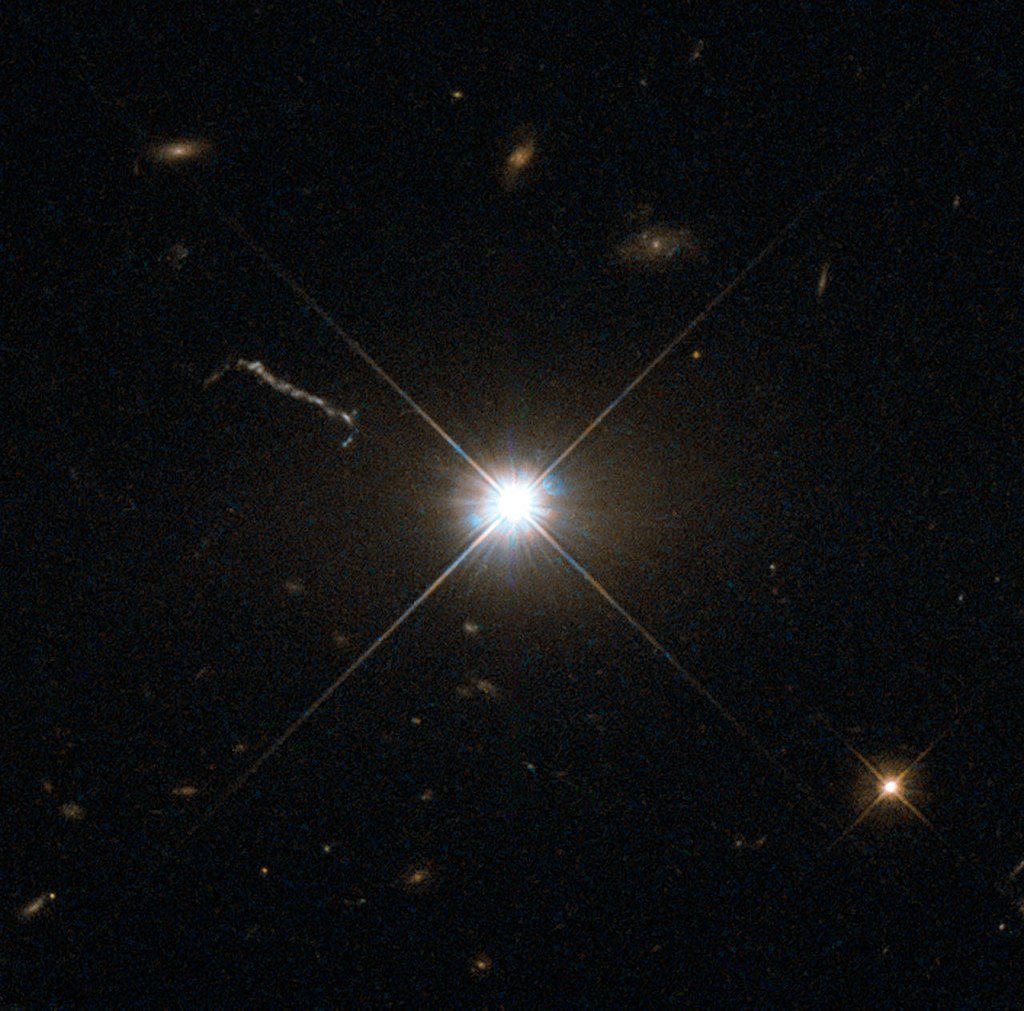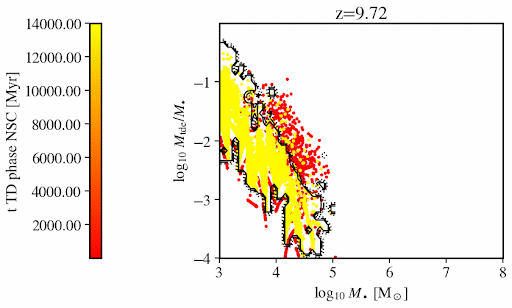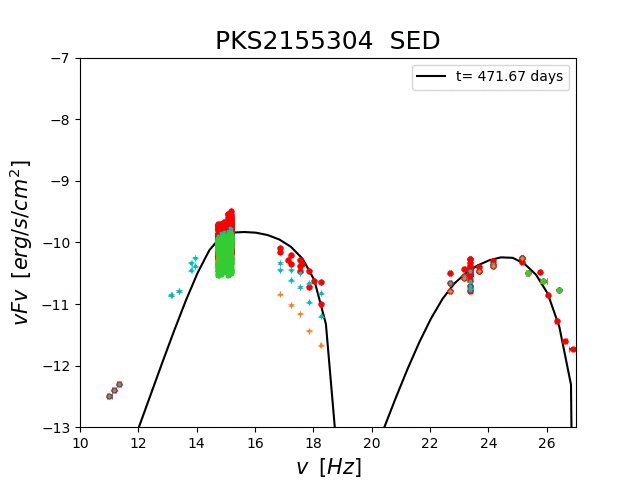Markos Polkas
4th year PhD Candidate (2024), Donostia International Physics Center, San-Sebastian, Basque Country, Spain
PDFs: Curriculum Vitae Publication List A self-introductionAlthough much of my research revolves around supermassive black holes, as an astrophysics enthusiast, I aim to keep my interests broad. Both supermassive black holes and the galaxies hosting them have a rich phenomenology, with huge data opening the era of multi-messenger astronomy (James Webb Space Telescope, Euclid, Vera C. Rubin Observatory, Event-Horizon Telescope, Ice-Cube, Pulsar Timing Arrays, and more coming). Yet, from a theoretical perspective, astrophysicists do not have yet a "standard model" on how stars form and how Active Galactic Nuclei affect their galaxy or come to be in the first place. This imbalance of data and theoretical understanding motivates the new wave of scientists (like me) to exploit the wealth of astronomical data and test in many ways standard (and new) theories. To that end, starting from the "small scales", I have dedicated a great part of my time to modeling the variability of astrophysical jets, modeling Spectral Energy Distributions (from radio to gamma-rays) of thermal and non-thermal origin, and understanding periodicities of massive black hole binaries in circumbinary disks. At greater (cosmological) scales, I am interested in population inference of astrophysical phenomena (e.g. sub-classes of galaxies, AGN, transient phenomena), for which I have been using and developing semi-analytic models of galaxy formation. For the last two years of PhD, I've been focusing on Tidal Disruption Events, associated with stars being ripped apart by massive black holes, resulting in the brightest explosions in the sky. I have been trying to model the rate of tidal disruption events and find the effect on black hole growth. Also, in the last few months, I have been studying the effects of a black hole accretion disk on the evolution of these events by studying analytically the problem and making a series of hydrodynamical simulations. Most of my studies are in collaboration with groups and world experts (San-Sebastian, Milano, Birmingham, Athens). I'm just referring to my first-author publications below, but please be aware that much of my work remains to be published in the upcoming year!
What is my occupation?Physics in the universe can be tested by developing astrophysical models and performing simulations that can explain astronomical observations. Vice versa, the data that telescopes collect sometimes seems bizarre and does not fit into our current understanding of stars, galaxies, black holes, etc. The information does not flow smoothly in either of these two directions; many times, new simulations are not informed, and sometimes contradict observations, while observations are reported in a somewhat agnostic way (e.g. data in non-physical units), leaving the interpretation for future investigations. Due to over-specialization, nowadays most people identify strongly as theoretical astrophysicists or astronomers, which (for me) translates to the statement that a holistic view of your subject is impossible. I seek to be involved in every aspect, from data extraction to simulations that will deepen my understanding. So far, I am really happy I have achieved a balance, and looking forward, I’m truly excited to be allowed to expand equally my research across theoretical and observational horizons.
I program mostly with: Python3, C, bash, Fortran-77, Matlab
Languages: Greek, English, Spanish
Preferred time-zone: GMT +01 (UTC)

Publications

Demographics of Tidal Disruption Events with L-Galaxies: I. Volumetric TDE rates and the abundance of Nuclear Star Clusters
AAS, 2024
In this project, we are interested in including Tidal Disruption Events (TDEs) in the semi-analytical model of galaxy formation L-Galaxies. Having these events happening in a cosmological context, allows for exceptional statistics that are tested against the newest observations. As far as I am aware this is the first model that produced TDE rates that are in agreement with observations. The main result of paper I is the necessity for Nuclear Star Clusters around Massiv Black Holes to produce high rates. In follow-up work, having established that the statistics of TDEs, we will explore the effects on the growth of black holes and the feedback on their host galaxies. Tidal disruption events may serve as a crucial connection between the relation of black holes to their host galaxy and is so exciting to the generation of astrophysicists who are exploring this possibility in the light of new data (LSST).

A numerical study of long-term multiwavelength blazar variability
MNRAS, 2021
In this project, we study blazar variability in an FSRQ and a BL Lac with a variable one-zone leptonic model. By solving the kinetic equations with a time-dependent input of parameters, with variations motivated to reproduce 10-year-long variability properties in gamma-rays as observed from Fermi-LAT, we study the multiwavelength behavior of the blob. This study is the first of its kind and a follow-up on using the model for exceptional good quality data of Mrk421 is coming soon from collaborators and me.

